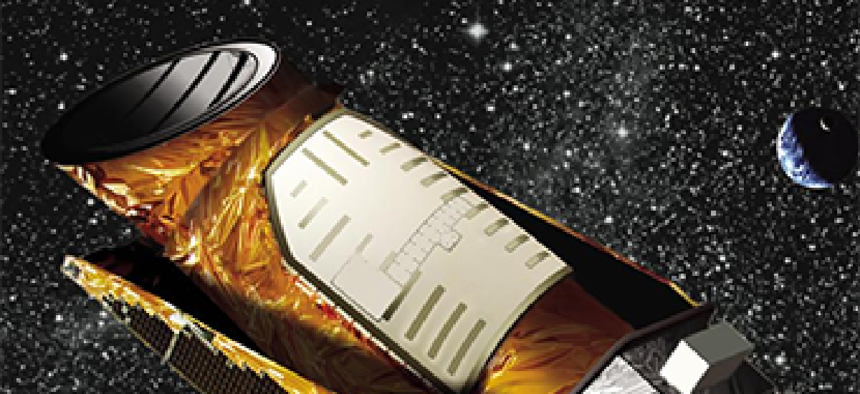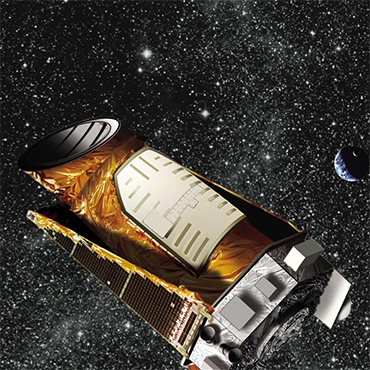Kepler’s planet-hunting days are over, says NASA

NASA has ended attempts to restore the malfunctioning $550 million Kepler spacecraft to full working order and are considering new missions.

NASA officials announced Aug. 15 that they have ended attempts to restore the malfunctioning $550 million spacecraft to full working order and are considering new missions after the failure of two of Kepler’s four gyroscope-like reaction wheels.
Launched in 2009, Kepler found 134 confirmed extrasolar planets and detected another 3,000 that scientists are attempting to confirm. More secrets are likely held in a deluge of data from Kepler that scientists will sift through in the next three years, said William Borucki, Kepler science principal investigator at NASA’s Ames Research Center.
In a conference call with reporters, Borucki said he was “immensely satisfied” with Kepler’s efforts, referencing the high quality of the remaining unexamined data. Borucki said he’s hopeful there could be an Earth-size planet orbiting a sun-like star in a habitable zone lurking somewhere within the data.
NASA officials said there could be several thousand more planets yet to be revealed -- meaning Kepler’s most interesting discoveries could be still to come.
“At the beginning of our mission, no one knew if Earth-size planets were abundant in the galaxy,” Borucki said. “If they were rare, we might be alone. Now at the completion of Kepler observations, the data holds the answer to the question that inspired the mission: Are Earths in the habitable zone of stars like our sun common or rare?”
What’s next for Kepler?
Although NASA officials were upbeat about future possibilities when announcing that Kepler will never again operate at full capacity, it is decidedly not the outcome they would have liked.
Two reaction wheels failed between July 2012 and May 2013, and months of data analysis and testing while Kepler was in various states of safe-mode ultimately revealed the craft could not be restored to normal capacity.
NASA officials hinted at the telescope’s fate in early August by requesting new mission proposals for Kepler, which was set to receive $18 million in fiscal 2013 funding.
Borucki said the agency already has a few new mission ideas, including searching for asteroids, comets and supernovas. Kepler might be able to use a technique called microlensing to detect giant planets around stars in our galaxy, and NASA engineers will continue to evaluate whether Kepler can search for exoplanets using existing equipment.
But until Kepler’s current capabilities are fully analyzed, it is impossible to know what practical uses the craft might still possess, Borucki said.
NASA will conduct studies to identify science opportunities for Kepler and determine what modifications will be required to ensure Kepler makes the best use of its functional reaction wheels and thrusters.
Ultimately, NASA wants to begin a repurposed mission within a year.
“We are moving forward to look at what we can do without those two wheels,” said Deputy Project Manager Charles Sobeck. “We are going to see what kind of science we can do with it.”



